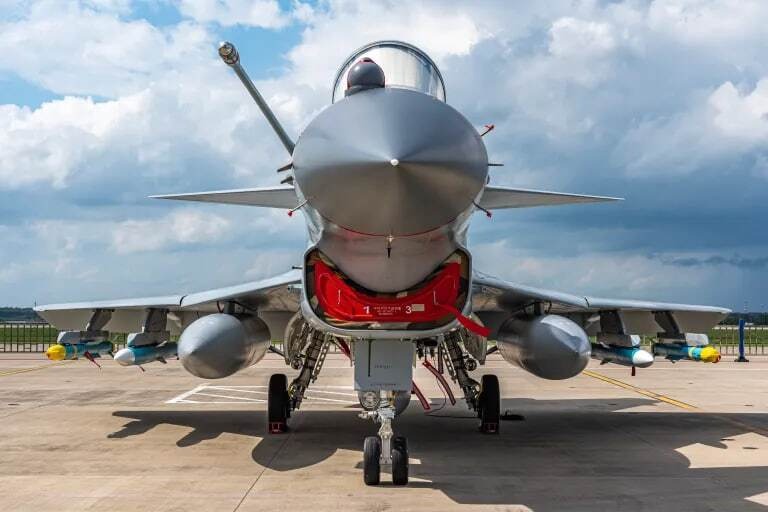
Title: Chinese J-10C Fighter Jets Arrive in Iran, Marking a Milestone in Strategic Partnership
In a significant development for regional geopolitics, advanced Chinese J-10C fighter jets have arrived at an airbase in Iran. This event, widely reported by both Iranian and international media, signals a deepening of the strategic cooperation between Tehran and Beijing, primarily under the framework of their landmark 25-year comprehensive cooperation agreement.
A Strategic Upgrade
The presence of the J-10C “Vigorous Dragon” multi-role fighters at Shiraz Airbase is more than a simple military exchange; it is a potent symbol of the growing Iran-China partnership. Analysts view this as a tangible step in implementing the strategic dimensions of their long-term agreement, which encompasses defense technology transfer and joint military training.
The deployment is poised to substantially enhance Iran’s aerial defense capabilities, introducing a state-of-the-art platform to its fleet.
The J-10C: A Technical Powerhouse
The Chengdu J-10C is a cornerstone of the Chinese Air Force, representing a significant technological leap. Key specifications that make it a formidable asset include:
- Role: Multi-role Fighter
- Engine: WS-10 Turbofan with afterburner
- Max Speed: Approximately Mach 2 (2,450 km/h)
- Combat Range: 1,700 to 2,000 km
- Armaments: PL-12 and PL-15 air-to-air missiles, precision-guided bombs
- Technology: Equipped with an advanced AESA radar and electronic warfare systems
This combination of high agility, powerful radar, and long-range missile capability positions the J-10C as one of Asia’s most advanced fighter jets.
Deepening Bilateral Ties
The arrival of the aircraft addresses several strategic objectives for the bilateral relationship:
- Modernizing Iran’s Air Force: The move assists in bridging a technological gap, providing a modern counterpart to Iran’s existing fleet of older-generation aircraft.
- Implementing the 25-Year Pact: This military cooperation is a direct manifestation of the comprehensive strategic partnership, which includes clauses on defense technology and training.
- Regional Deterrence: In a complex regional security environment, the presence of such advanced fighters enhances Iran’s defensive and deterrent posture.
Shiraz Airbase: A Strategic Hub
The choice of Shahid Douran Airbase in Shiraz is strategic. With its long runways, modern maintenance facilities, and advanced logistical infrastructure, it serves as an ideal location for hosting and operating these sophisticated fighter jets. Reports also suggest that Chinese personnel have been dispatched to Iran to provide technical support and training.
A Broader Cooperative Horizon
Military experts suggest that this could be the precursor to broader cooperation, potentially including technology transfer for the local assembly or production of advanced aircraft within Iran, leveraging the nation’s existing aviation and defense industrial capacity.
This development is seen by international observers as a sign of solidified “strategic trust” between Tehran and Beijing, reflecting Iran’s policy of multilateralism and diversification of international partnerships. The strengthening of Iran-China defense ties is a significant factor in the evolving geopolitical landscape of West Asia.